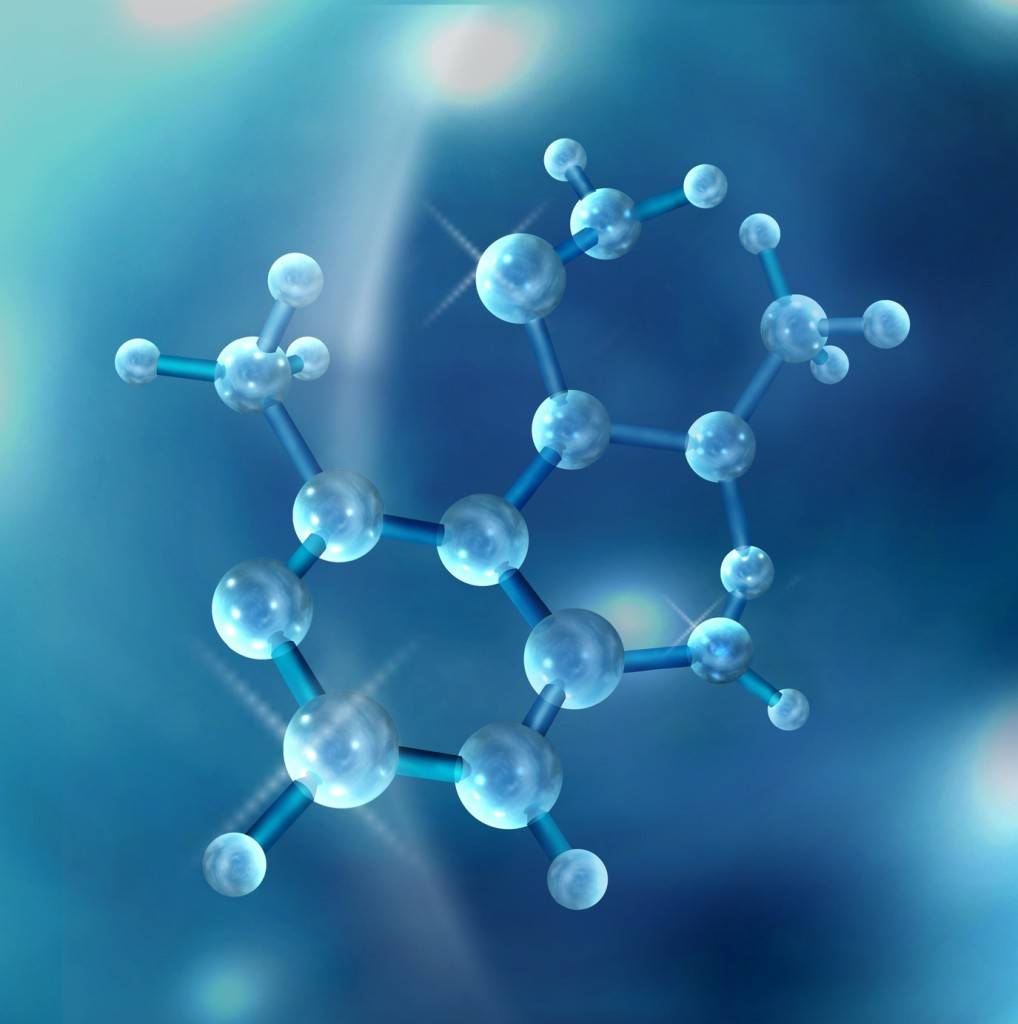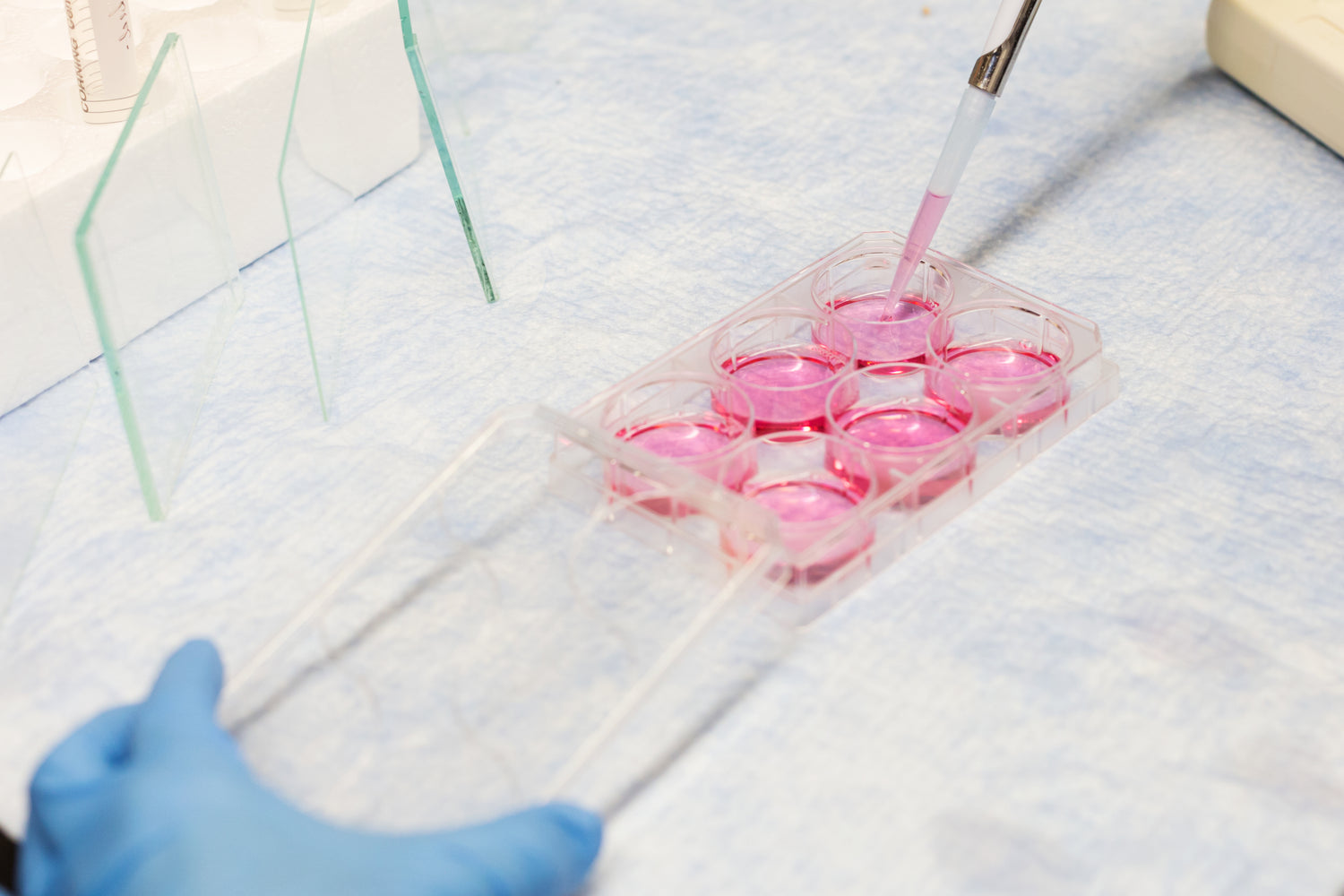The gel properties of soybean prolipoprotein and soybean globulin are affected by many factors. Ultrasound treatment can optimize the gel properties of soybean protein, but the study on the modification of soybean prolipoprotein and 11S subunit by ultrasound and the gel mechanism are not comprehensive.
A specific method was used to isolate 11S and soybean prolipoprotein, purify 11S and further isolate its A and B subunits. A and B subunits were mixed with soybean prolipoprotein in different proportions, part of the samples were pretreated by ultrasound, and then heated to form gel.
The molecular weight distribution of A-soybean prolipoprotein gel was more concentrated by ultrasound, and the low molecular weight peptide of B-soybean prolipoprotein gel was hydrolyzed. The β-fold structure of A-soybean propoprotein gel was higher than that of B-soybean propoprotein gel, but the β-fold structure of B-soybean propoprotein gel was increased. The development degree of B-soybean prolipoprotein gel protein was higher, and the fluorescence peak of some samples was shifted by ultrasound. Ultrasound made the gel pore size smaller, the structure of A-soybean prolipoprotein gel was looser after ultrasound, and the structure of B-soybean prolipoprotein gel was more orderly after ultrasound. The particle size of A-soybean prolipoprotein gel increased first and then decreased, while the particle size of B-soybean prolipoprotein gel was small. Ultrasound increased the particle size of some samples and made the distribution more concentrated. Ultrasound changes the surface charge of protein and affects the state of protein aggregation. The protein solubility of A-soybean prolipoprotein gel was decreased, while that of B-soybean prolipoprotein gel was higher. The solubility of A-soybean prolipoprotein gel was improved by ultrasound.

The physicochemical properties of the protein were correlated with the rheological and textural parameters of the gel. For example, the gel cohesion was positively correlated with the mean particle size and β-angle. The effects of ultrasound on A-soybean prolipoprotein gel and B-soybean prolipoprotein gel were different. The overall performance of A-soybean prolipoprotein gel was improved, and the performance of B-soybean prolipoprotein gel was improved under partial ratio.
The effect of ultrasonic treatment on the subunit level of the formation of soybean globulin - soybean prolipoprotein mixed gel was determined. Before ultrasonic treatment, A-subunit increased gel rigidity and B-subunit formed A more orderly and stable structure. After ultrasonic treatment, A-subunit improved gel elasticity and homogeneity, while B-subunit was not conducive to gel matrix formation and decreased gel stability. This study provides theoretical basis for the synergistic utilization of different components of soybean protein, and indicates that the ultrasonic process parameters should be optimized to improve the properties of soybean protein gel.








